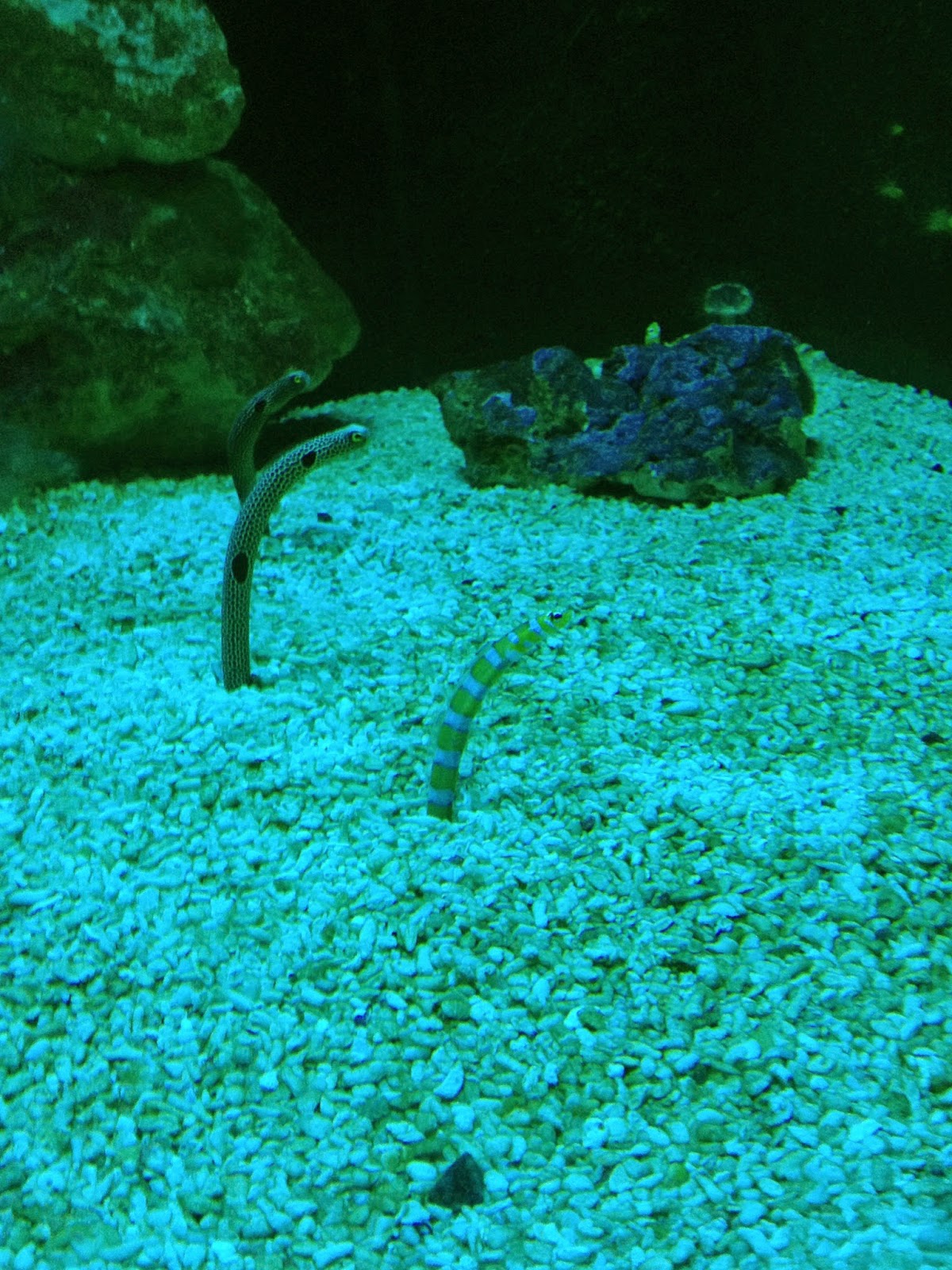Violins:
 |
| Museum Kloz |
 |
| My Kloz |
 |
| Stradivarius violin (right) |
Today we spent more time enjoying Berlin. We visited a musical instrument museum next to the famous (and modern) Berlin Philharmonic Hall. In the museum, we saw a Stradivarius violin and a violin made by the same family of luthiers as my violin: Kloz. (I'm sure mine was a lot less expensive!) We also saw many old pianos, harpsichords, and other stringed instruments.
After that instrument museum we visited an art museum called Museum Berggruen, featuring Pablo Picasso, the creator of cubism. In addition to his paintings, we saw a few sculptures. One, called
The Crane, was made with forks, a shovel, a basket handle, a wing nut, and some other household objects. It was interesting to see all of his different styles and subjects. Later, we went to my mom's cousin's house for dinner, and ate a delicious meal of pork, mashed potatoes, and sauerkraut (a traditional German meal).












